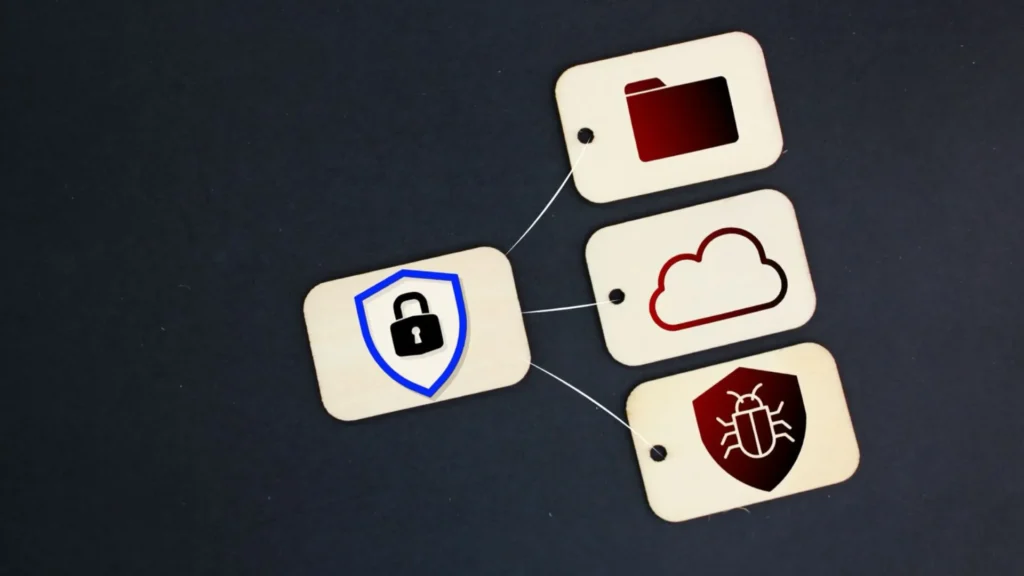
Top Cloud Security Challenges in 2025: How to Solve Them
Let’s discuss the digital fortress. The cloud. It’s where companies keep their most valuable assets—their data, applications, and operational core. And just like any fortress, it has walls, gates, and guardians. It also has adversaries—a whole legion of them. The state of enterprise cloud security in 2025 is a high-stakes affair, a constant contest between defense and intrusion.
The landscape is complex. It’s a mix of public clouds, private servers, and applications—a sprawling digital kingdom. The cyber threats in cloud computing have also evolved. They are persistent. And they are very good at finding the one unlocked door in a fortress with a thousand gates. Feels like a tall order to defend.
Why Cloud Security Is a Top Priority for Enterprises, like AES Holdings, cloud defense is a foundational business principle for a company. Our operations and clients’ operations depend on the safety and availability of digital assets. A breach is a business catastrophe. It can harm a company’s reputation, disrupt its operations, and lead to severe financial loss. The risk of data breaches in cloud environments makes a proactive defense strategy necessary.
You see, the move to the cloud offers incredible benefits. Agility. Scalability. But it also changes the security perimeter. The old idea of a simple wall around your company’s network is gone. The new perimeter is everywhere. Every device. Every user. Every connection. This new reality demands a new level of vigilance—a constant state of readiness.

Top Cloud Security Challenges Businesses Face
So, what are the significant hurdles? What are the weak points in the fortress walls? One of the main issues is simple misconfiguration. A developer leaves a storage bucket public. An access key is left exposed in code. These are the unlocked side doors that adversaries love. Another significant issue is the increasing threats, from advanced phishing schemes to AI-driven attacks.
Then there are the cloud compliance challenges. Different industries and regions have different rules for data handling. A company must navigate this complex web of regulations to avoid penalties. It’s a full-time job—a tough one, at that.
How AES Holdings Approaches Cloud Security Across Industries
At AES Holdings, our approach is built on a few core ideas. First, security is a component of every project from its inception. It’s not an afterthought. We design our AES Holdings cloud solutions with defense built into their architecture. Second, we believe in a multi-layered defense. A single wall is insufficient. We use a combination of network controls, application protections, and data-level safeguards.
We also tailor our approach to each industry’s specific needs. A healthcare company’s compliance requirements differ from those for a logistics firm. We aim to understand these nuances and construct a defense posture that meets those requirements. One size fits one. Always.

Cloud Security Best Practices for 2025 and Beyond
How do you construct a truly defended cloud infrastructure? It starts with the basics. Solid identity access management (IAM) is non-negotiable. You must have strict control over who can access what. This means multi-factor authentication, privileged access controls, and regular audits of user permissions. The keys to the kingdom must be guarded.
Next is cloud encryption. Data should be encrypted at rest—when it’s in storage—and in transit—when it moves between systems. This makes the data useless to anyone who steals it without the decryption key. And finally, continuous monitoring. You need tools that give you visibility across your entire cloud environment to spot unusual activity.
Multi-Cloud and Hybrid Cloud: Additional Layers of Complexity
Now, let’s add another wrinkle. Many enterprises use a mix of different cloud providers and on-premise servers. A hybrid cloud security posture. Or they use several public clouds. A multi-cloud strategy. This is like defending multiple, interconnected fortresses at once. Pretty complex, right?
Multi-cloud risk management requires a unified security policy. You need a central command center that can apply consistent rules and view threats across all your environments. Otherwise, you end up with security gaps between the different clouds. And you can bet adversaries will find them.

Future-Proofing Cloud Security with Strategic Innovation
So, how do you prepare for threats you can’t yet see? The answer lies in a forward-looking strategy. The gold standard today is the zero-trust cloud architecture. Its philosophy is simple: never trust, always verify. It assumes that threats exist both outside and inside the network. Every access request must be strictly authenticated and authorized. It’s a paranoid posture. And a necessary one.Good cloud governance is also essential. This means clear policies, roles, and responsibilities for security across the organization. It requires a culture of security awareness, from the boardroom to the developer’s desk. The fortress is only as strong as the discipline of its guardians. And we do mean all its guardians.


